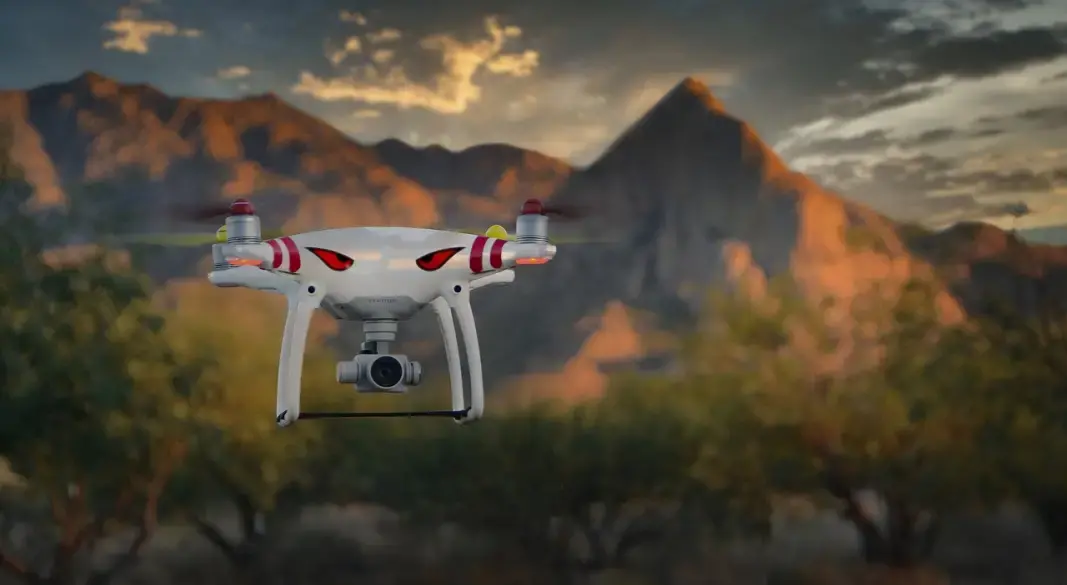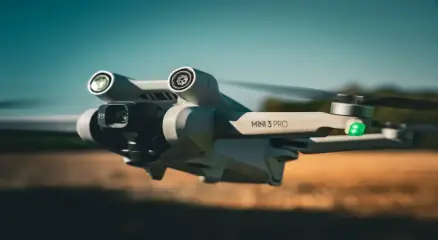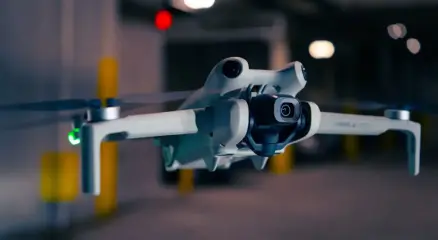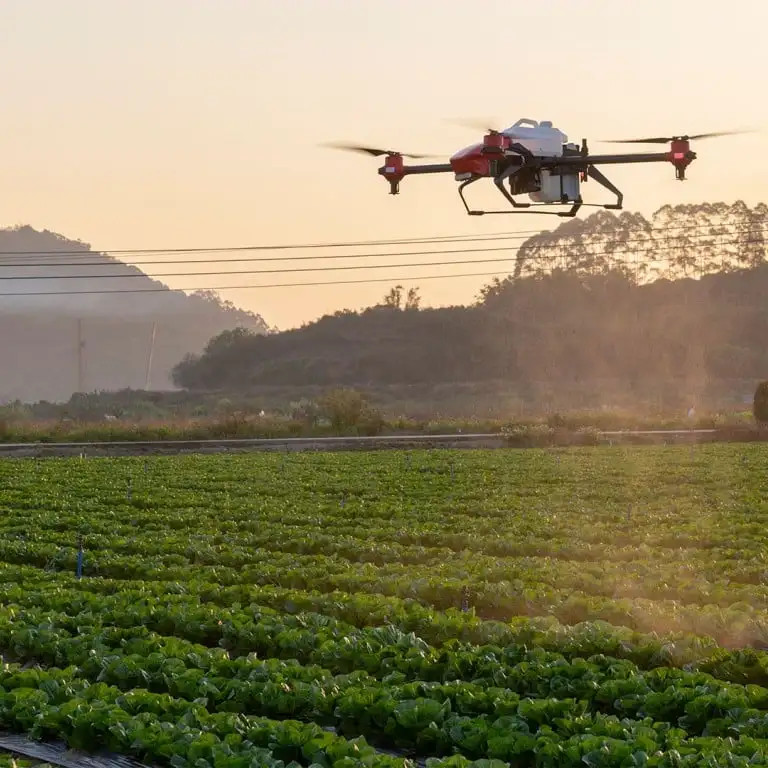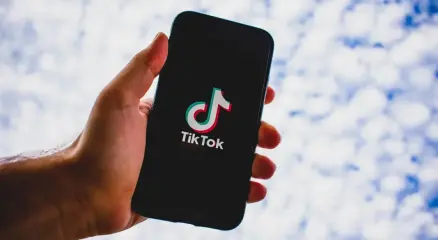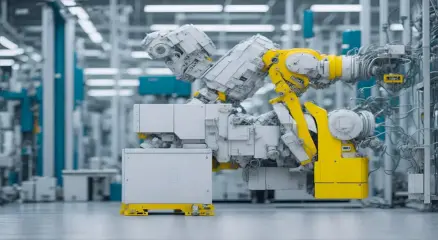Top and Popular Gadgets of 2025: Innovation Meets Simplicity
The tech world in 2025 is bursting with fresh ideas, smart innovations, and a return to simpler pleasures. From retro cameras to foldable phones and solar-powered accessories, this year’s gadgets are pushing boundaries while keeping user needs at the core. Here’s a look at some of the most talked-about and best-selling gadgets of 2025 so far.
One surprising hit this year is the Fujifilm QuickSnap disposable camera. Yes, film is back. This 35mm plastic camera has just one fixed lens, a single shutter speed, and an integrated flash. It’s lightweight, battery-powered, and captures about 27 exposures. At under $25, it’s become the favorite of travelers and casual photographers who want a break from digital filters and editing apps. The joy of physical prints and simple shooting is making a huge comeback.
In the smartphone world, foldable devices are dominating headlines again. Samsung has released three new models: Galaxy Z Fold 7, Z Flip 7, and Z Flip FE. The Fold 7 is thinner than ever and features a 200-megapixel main camera and Snapdragon 8 Elite chip. The Flip 7 now has a larger front display and uses Samsung’s Exynos 2500 processor, while the Flip FE offers an affordable folding experience starting at just $899. Despite some market skepticism about foldables a few years ago, sales in 2025 have shown that people love compact devices that open into full-size screens.
Another big trend this year is solar-powered gadgets. As people try to reduce dependency on wall chargers and batteries, companies are rolling out devices that rely on the sun. These include radios with built-in solar panels and crank handles, TV remotes that recharge via ambient light, and smartwatches like the Suunto Vertical, which can run for up to a year on solar power. Other popular items include solar-charging backpacks, security cameras, and wireless keyboards. These devices are especially useful during travel, power outages, or off-grid living.
Gadget
Key Feature
Price Range
Fujifilm QuickSnap
Disposable 35mm with flash
$20–25
Samsung Z Fold 7
200 MP camera, Snapdragon 8 Elite
$1,799+
Samsung Z Flip 7
Large cover screen, Exynos 2500
$1,099+
Samsung Z Flip FE
Budget foldable, Exynos 2400
$899
OnePlus Watch 3
Long battery life, GPS, sleep tracking
$329–349
Anker Nano 45W Charger
Fast charging, compact GaN design
$35
Sigma BF Camera
Minimalist, aluminum block body
$1,000+
Suunto Vertical
Year-long battery life on solar power
$500+
In the wearable tech space, the OnePlus Watch 3 has emerged as a top Android smartwatch. It boasts four to five days of battery life, precise GPS, and excellent sleep tracking, all for under $350. Meanwhile, the Anker Nano 45W charger is being praised for its pocket-size form, fast charging, and affordable price. It’s a must-have for travelers and remote workers.
Camera fans are excited about the Sigma BF, a new full-frame mirrorless camera made from a single block of metal. It’s extremely minimalist in design, and many have described it as the type of camera Apple would create if they entered the camera market. It’s not just a tool—it’s a design statement.
This year’s consumer technology shows also introduced some bold futuristic gadgets. Samsung teased its tri-fold phone concept and even showed a portable TV that folds into a briefcase. AI-powered smart mirrors, snore-canceling earbuds, and waterproof TVs caught the attention of both critics and consumers.
Robotics and AI are also playing a bigger role in daily gadgets. Hugging Face released Reachy Mini, a programmable robot that introduces users to coding and artificial intelligence. Companies like Ikea are integrating Matter compatibility into their smart home devices, allowing easier connection with Alexa, Google Home, and Apple devices.
The biggest takeaway from 2025's gadget scene is the focus on three things: hybrid design, green energy, and AI-powered convenience. Whether it’s a foldable phone, an analog camera, or a solar-powered speaker, each gadget is trying to make life easier, more enjoyable, or more sustainable.
As we look ahead, the second half of the year promises even more innovation. Samsung is expected to release a commercial version of its tri-fold phone. More solar-powered gadgets are set to hit the market, and AI will continue to be integrated into both household and personal devices.
2025 has proven that technology doesn’t have to be complicated or power-hungry to be effective. Sometimes, the simplest ideas—like a disposable camera or a sun-powered radio—can make the biggest impact.
Robotics technology is one of the most transformative innovations of the 21st century
Robotics technology is one of the most transformative innovations of the 21st century. It refers to the design, construction, operation, and use of robots—automated machines that can perform tasks traditionally carried out by humans. From manufacturing lines and medical surgeries to space exploration and personal assistance, robotics is reshaping the way we live, work, and interact with machines.
What Is Robotics?
At its core, robotics combines several fields of science and engineering, including mechanical engineering, electrical engineering, computer science, and artificial intelligence. A typical robot includes three main components: mechanical structure (hardware), control system (software), and sensors/actuators for interacting with the physical environment.
Modern robots are no longer limited to repetitive mechanical jobs. With advancements in AI and machine learning, many robots can now “learn” from their surroundings, make decisions, and adapt their behavior based on feedback. This ability is especially useful in dynamic environments like autonomous driving or disaster response.
Key Applications of Robotics
Robotics technology is being rapidly adopted across many sectors:
Manufacturing: Industrial robots handle tasks such as welding, assembly, packaging, and inspection with high precision and speed.
Healthcare: Surgical robots assist in minimally invasive surgeries, while rehabilitation robots help patients regain mobility.
Agriculture: Robots automate planting, harvesting, and crop monitoring, increasing efficiency and reducing labor costs.
Defense & Security: Drones and robotic vehicles are used for surveillance, bomb disposal, and hazardous environment navigation.
Space Exploration: Robots like NASA’s Mars rovers explore environments too dangerous for humans.
Consumer Robotics: Personal assistants, robotic vacuum cleaners, and educational robots are becoming household tools.
Artificial intelligence is making robots more independent. With AI, robots can analyze data, learn from experience, and make decisions in real time. This allows robots to handle complex, dynamic environments such as self-driving cars or home service robots.
Cobots are designed to work side-by-side with humans, often without safety cages. They assist workers in repetitive or heavy-lifting tasks and improve workplace ergonomics and safety in industries like automotive and electronics.
Emerging Trends
AI-Integrated Robots: Artificial intelligence enhances a robot’s ability to learn, adapt, and operate autonomously.
Collaborative Robots (Cobots): Designed to work alongside humans safely, especially in factories and warehouses.
Humanoid Robots: Robots that mimic human appearance and interaction, increasingly used in customer service and education.
Swarm Robotics: Groups of robots coordinating with each other to perform complex tasks collectively, inspired by insect behavior.
The Future of Robotics
The future of robotics is poised to be deeply integrated with human life. We’re moving toward a society where robots may serve as companions, caretakers, and even co-workers. As sensor technology, computing power, and AI capabilities continue to evolve, robots will become more intelligent, affordable, and accessible.
However, society must address ethical considerations and ensure that robotics develops responsibly. Balancing innovation with safety, privacy, and human values will be key to unlocking the full potential of robotics.
Industrial robots handle tasks such as welding, assembly, packaging, and inspection
Robotics technology is one of the most transformative innovations of the 21st century. It refers to the design, construction, operation, and use of robots—automated machines that can perform tasks traditionally carried out by humans. From manufacturing lines and medical surgeries to space exploration and personal assistance, robotics is reshaping the way we live, work, and interact with machines.
What Is Robotics?
At its core, robotics combines several fields of science and engineering, including mechanical engineering, electrical engineering, computer science, and artificial intelligence. A typical robot includes three main components: mechanical structure (hardware), control system (software), and sensors/actuators for interacting with the physical environment.
Modern robots are no longer limited to repetitive mechanical jobs. With advancements in AI and machine learning, many robots can now “learn” from their surroundings, make decisions, and adapt their behavior based on feedback. This ability is especially useful in dynamic environments like autonomous driving or disaster response.
Key Applications of Robotics
Robotics technology is being rapidly adopted across many sectors:
Manufacturing: Industrial robots handle tasks such as welding, assembly, packaging, and inspection with high precision and speed.
Healthcare: Surgical robots assist in minimally invasive surgeries, while rehabilitation robots help patients regain mobility.
Agriculture: Robots automate planting, harvesting, and crop monitoring, increasing efficiency and reducing labor costs.
Defense & Security: Drones and robotic vehicles are used for surveillance, bomb disposal, and hazardous environment navigation.
Space Exploration: Robots like NASA’s Mars rovers explore environments too dangerous for humans.
Consumer Robotics: Personal assistants, robotic vacuum cleaners, and educational robots are becoming household tools.
Artificial intelligence is making robots more independent. With AI, robots can analyze data, learn from experience, and make decisions in real time. This allows robots to handle complex, dynamic environments such as self-driving cars or home service robots.
Cobots are designed to work side-by-side with humans, often without safety cages. They assist workers in repetitive or heavy-lifting tasks and improve workplace ergonomics and safety in industries like automotive and electronics.
Emerging Trends
AI-Integrated Robots: Artificial intelligence enhances a robot’s ability to learn, adapt, and operate autonomously.
Collaborative Robots (Cobots): Designed to work alongside humans safely, especially in factories and warehouses.
Humanoid Robots: Robots that mimic human appearance and interaction, increasingly used in customer service and education.
Swarm Robotics: Groups of robots coordinating with each other to perform complex tasks collectively, inspired by insect behavior.
The Future of Robotics
The future of robotics is poised to be deeply integrated with human life. We’re moving toward a society where robots may serve as companions, caretakers, and even co-workers. As sensor technology, computing power, and AI capabilities continue to evolve, robots will become more intelligent, affordable, and accessible.
However, society must address ethical considerations and ensure that robotics develops responsibly. Balancing innovation with safety, privacy, and human values will be key to unlocking the full potential of robotics.
Authorities Tighten Social Media Regulations Amid Surge in Misinformation
Dhaka – The Bangladesh government is ramping up efforts to combat fake news and harmful content on social media, following a wave of misinformation surrounding recent political events and public health issues.
The Ministry of Information and Broadcasting, in coordination with the BTRC, is drafting new regulations that would require global platforms like Facebook, YouTube, and X to open local offices, respond to content removal requests within 24 hours, and increase transparency in algorithmic content distribution.
“Misinformation spreads faster than ever, especially during crises,” said ICT Division spokesperson Rashedul Karim. “These rules will protect citizens and national stability.”
Experts welcome the move but warn against overreach. “Content moderation must not infringe on freedom of speech,” noted digital rights advocate Shireen Afroz.
Social media companies say they are enhancing AI-based moderation tools and improving user reporting systems. However, critics argue current efforts are inadequate, as false claims often go viral before action is taken.
Meanwhile, digital literacy campaigns are being launched to help users verify information and avoid manipulation.
As Bangladesh continues to embrace the digital world, balancing security and free expression remains a growing challenge.
Samsung builds on the success of previous models while pushing boundaries in display
Samsung continues to lead the premium Android market with the launch of the Galaxy S25 Ultra. As the most advanced Galaxy device yet, it combines top-tier hardware, intelligent software features, and a design philosophy that emphasizes durability and sophistication. With this release, Samsung builds on the success of previous models while pushing boundaries in display, performance, and camera innovation.
The Galaxy S25 Ultra features a 6.9-inch Dynamic AMOLED 2X display, the largest in Samsung’s history. With a refresh rate of 120 Hz and peak brightness of 2,600 nits, it delivers a vivid and fluid visual experience even in direct sunlight. The device is framed in titanium, a material that makes it lighter and stronger than its predecessor. Gorilla Glass Armor 2 protects the front and back, ensuring a premium yet rugged feel.
Key Features at a Glance
Titanium body with Gorilla Glass Armor 2
Snapdragon 8 Elite processor with AI-boosted performance
6.9-inch 120 Hz AMOLED display, peak 2600 nits
Quad-lens camera with 200 MP main sensor
Live Translate and Audio Eraser with Galaxy AI
Battery-efficient with 45 W fast charging and Qi2 wireless
Supports 7 years of Android updates
Inside, the phone is powered by the Snapdragon 8 Elite for Galaxy, a custom-tuned processor built on a 3 nm fabrication process. It brings substantial improvements in power efficiency, graphics, and on-device artificial intelligence. Samsung’s One UI 7, layered on top of Android 15, is optimized for the chipset and introduces smarter multitasking, smoother animations, and tighter ecosystem integration.
Camera performance has always been a focal point of Samsung’s Ultra series, and the S25 Ultra continues that tradition. It features a quad-lens rear setup: a 200 MP main sensor, a 50 MP ultra-wide lens, a 10 MP 3x telephoto, and a 50 MP periscope lens capable of 5x optical zoom. The ProVisual Engine enhances image processing, ensuring accurate color reproduction and sharper low-light performance. The 12 MP front-facing camera also benefits from AI-driven enhancements, ideal for video calls and selfies.
Battery capacity remains at 5000 mAh, but optimization through AI and adaptive refresh rate technologies gives the S25 Ultra more endurance than previous generations. Users can expect up to 1.5 days of heavy usage. Fast wired charging up to 45 W and wireless charging up to 15 W are supported, with reverse wireless charging available for accessories.
The Galaxy S25 Ultra introduces refined Galaxy AI features, such as Live Translate, Audio Eraser for video recordings, and intelligent transcription tools for voice memos and calls. These features are built directly into the system, functioning with speed and security, thanks to on-device processing.
Technical Specifications
Feature
Description
Display
6.9″ Dynamic AMOLED 2X, 1440×3120, 120 Hz, 2600 nits peak brightness
Chipset
Snapdragon 8 Elite for Galaxy (3 nm)
RAM
12 GB (16 GB option in some regions)
Storage Options
256 GB / 512 GB / 1 TB UFS 4.0
Rear Cameras
200 MP + 50 MP periscope (5×) + 10 MP telephoto (3×) + 50 MP ultra‑wide
Front Camera
12 MP
Battery
5000 mAh, 45 W wired, 15 W Qi2 wireless, 4.5 W reverse charge
Build & Protection
Titanium chassis, Armor Glass 2, IP68
Software
One UI 7 (Android 15) with One UI 8 beta, seven years of updates
Connectivity
5G, Wi‑Fi 7, Bluetooth 5.4, UWB, dual Nano-SIM + eSIM
Storage options range from 256 GB to 1 TB, paired with either 12 GB or 16 GB of RAM depending on region. The device supports 5G, Wi-Fi 7, Bluetooth 5.4, and Ultra Wideband, ensuring top-notch connectivity and future-proofing. Samsung also makes a long-term commitment with the S25 Ultra by offering seven years of software and security updates. This move reflects a shift toward sustainability and customer trust.
In summary, the Galaxy S25 Ultra is more than a smartphone—it is a complete mobile computing solution. Whether for creative professionals, business users, or tech enthusiasts, it offers the power, versatility, and intelligence that define Samsung’s leadership in mobile innovation.














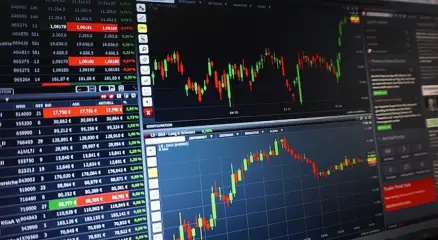


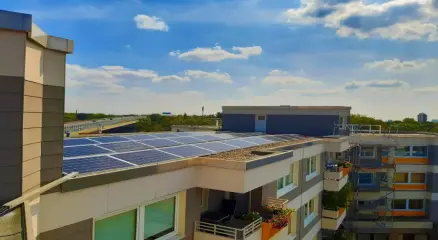




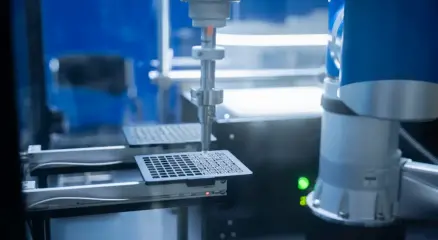








%20122025%20Top%20Art%20SOURCE%20Chronicle%20Books_Tra%20Publishing.jpg)













